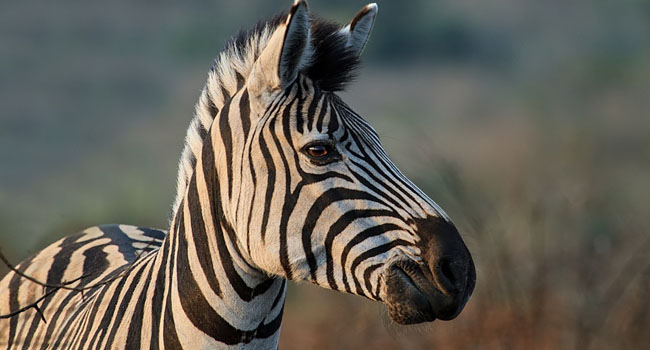
Zebra
Herds have a strict hierarchy among females and juveniles, and when moving will often do so in single file – the most senior at the front. Thick skinned and very tough, zebras posses good eyesight.
Waterbuck
Waterbuck have a strong “goat-like” odour, often detected before visual contact is made. Fairly thick skinned and tough.
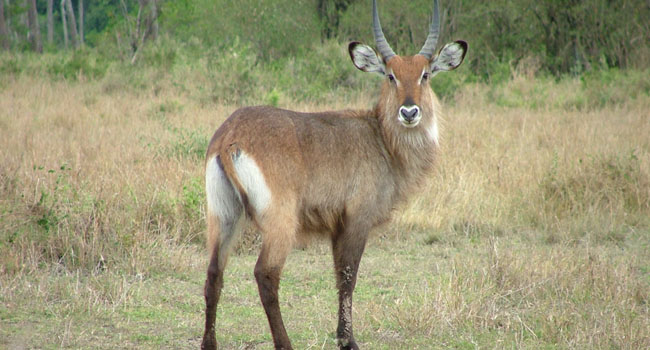
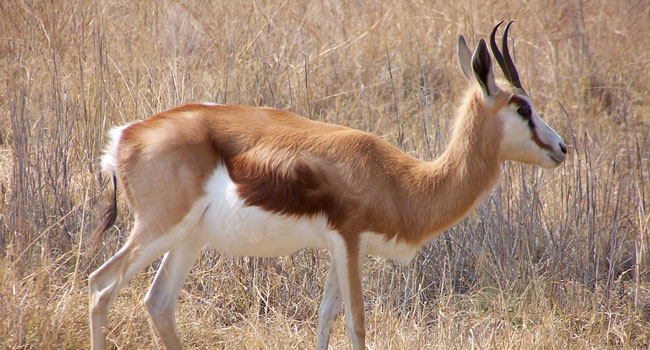
Springbok
Horns with thicker bosses which protrude 4? or more above the ears, are straight for about 2? above the head and curl out to touch the tips of the ears, offer good trophy scores. Springbok are normally shot at long distances so a fast flat shooting calibre rifle is required. They have very good eyesight.
Kudu
Horn tips pointing back usually indicate a young adult. Mature bulls have tips which point up or out.
Fairly thick skinned. Bulls are huge and require a good bullet. When hunted in mountainous areas, where long shots are the order, a .300 Magnum is a good choice.
Kudu are shy and are most adept at concealment, remaining motionless for long periods when suspicious.When stalking, walk slowly and for short distances, stopping to glass the area carefully.
Nyala
Thin skinned. Not very tough animal but old bulls are quite heavy. Normally shot at short ranges.
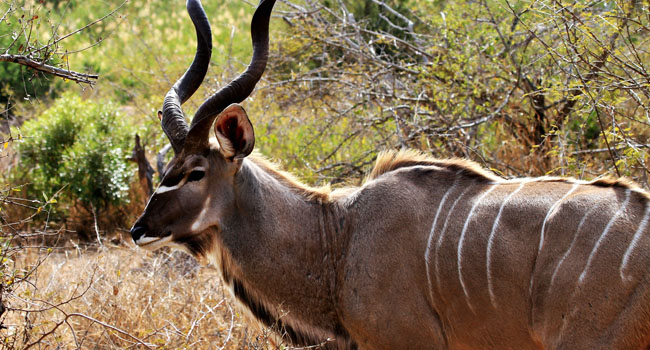
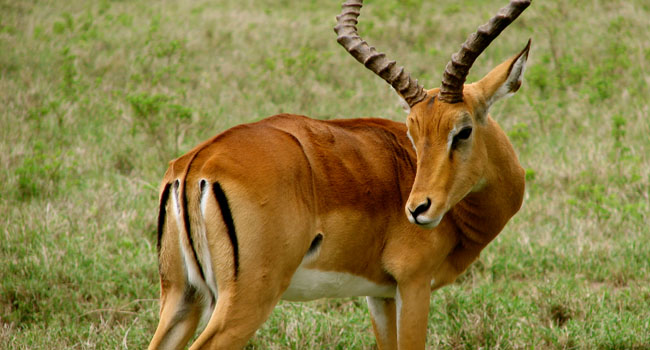
Impala
When horn tip is vertical the animal is fully matured. Thin skinned, normally hunted in bushveld at short ranges, use heavy, slow bullets to minimize meat damage when body shots are taken.
Bushbuck:Thin skinned. Tough animal and dangerous when wounded. Take care, place bullet accurately.
Reedbuck: Thin skinned.
Hartebeest
Observation is important to accurately distinguish between males and females especially where vegetation obscures penis ‘button’ or scrotum. Males often have mud caked on their horns and forehead from ground-horning.
Not tough, however good shot placement is vital as long shots are normally required.
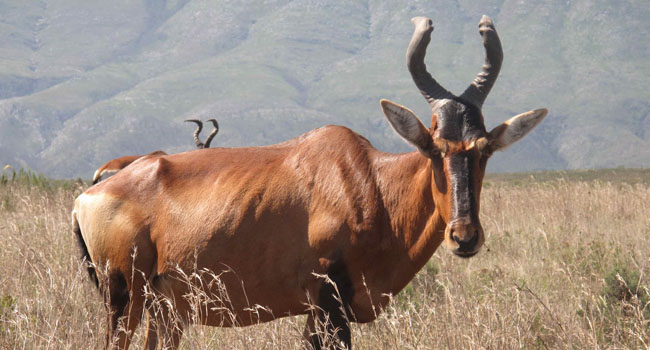
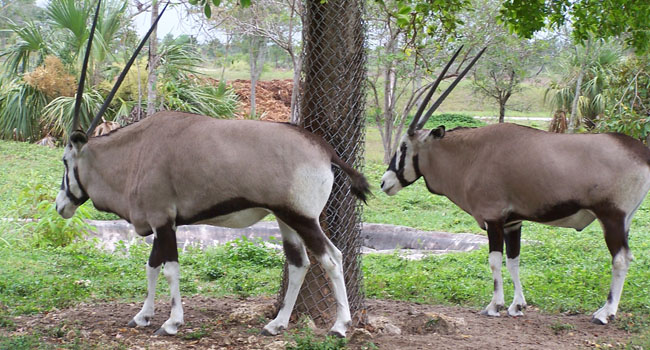
Gemsbok
If the head is tilted back and the horn tips touch beyond the start of the black portion on the rump, the trophy will score well.
Good sight. Dangerous animals when wounded.
Eland
Older males typically loose hair, giving a greyish colouration as the dark skin shows through. When walking, Eland often emit a “clicking” sound audible over great distances.
Thick skin in the neck area. Silent antelope with acute sense of smell and hearing.
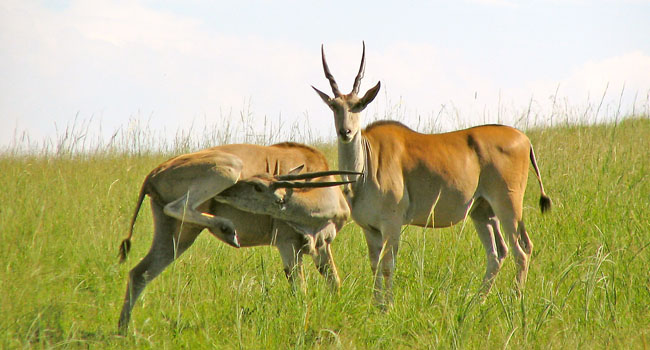
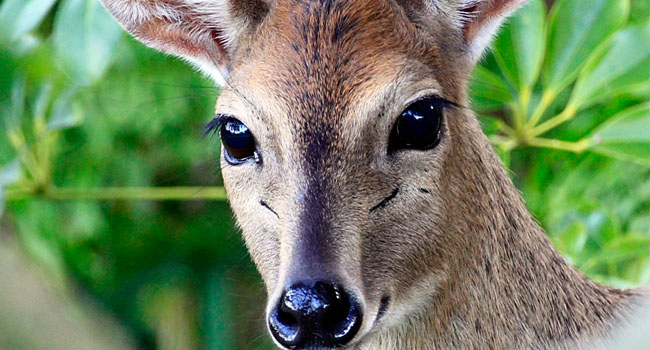
Duiker
Thin skinned. Can use solids when shooting it with big bore, .375 etc.
Buffalo
Thick skinned, tough, accurate shot placement very important. Dangerous when wounded. Normally shot at close range, under 75m.
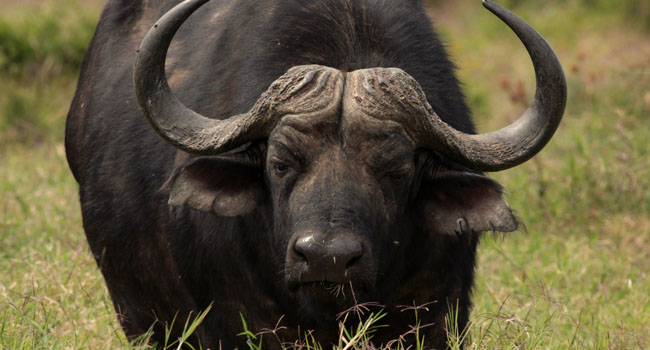
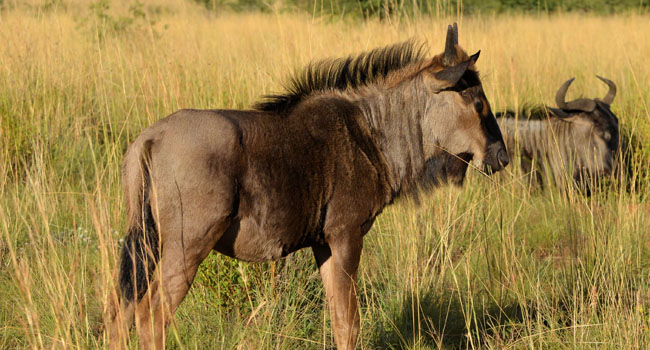
Blue Wildebeest
When shot and not downed, a wounded animal will often circle round, leading the hunter back almost to the original point where first shot.
Fairly Thick skinned, tough for size, take care not to shoot too high on shoulder. In open country a .300 Mag works well.
Blesbok
Male horns noticibly thicker and when viewed front-on appear light in colour (this is due to lighter colouration of the ridges).
A .243 Win is adequate but requires good shot placement. Usually hunted in open terrain where long shots are often the order. Can be stalked successfully and taken under 100m in suitable terrain – then a 7×57 or .308-class caliber is OK.
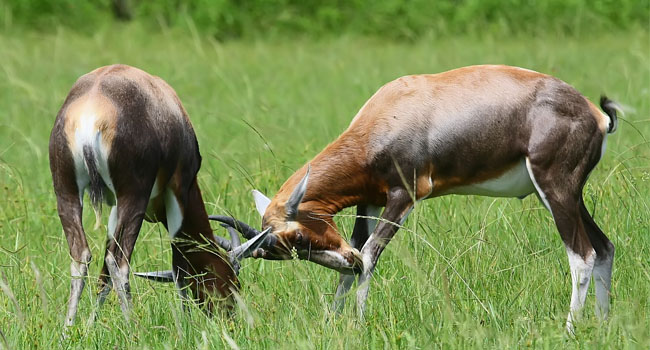

Warthog
Warthogs are found in open and wooded savannas, grass-steppes, and semi-deserts in Africa. Warthogs prefer open areas and avoid rainforest and severe desert. Common warthogs often utilize formerly wooded areas that have been cleared for pastures.

